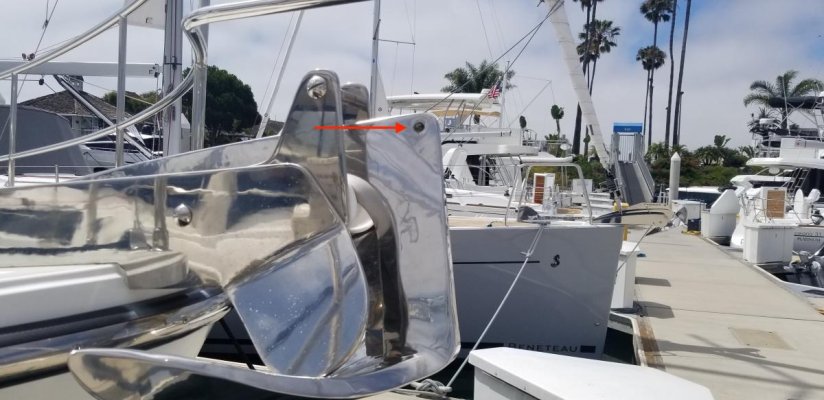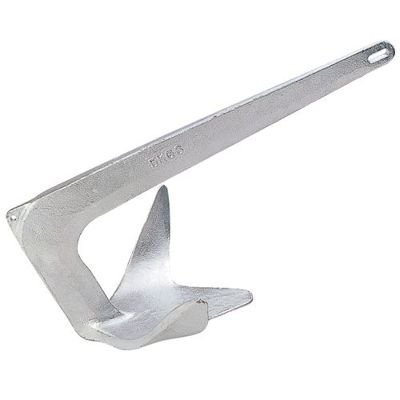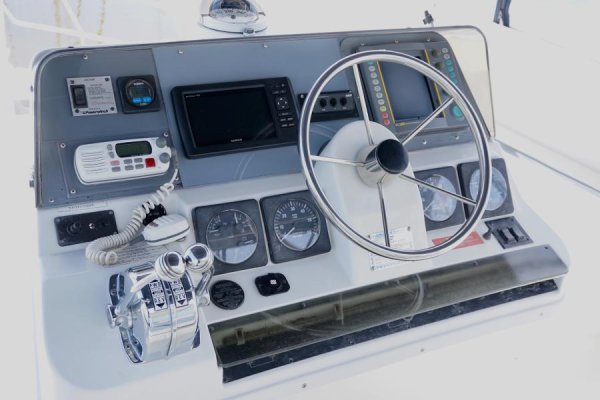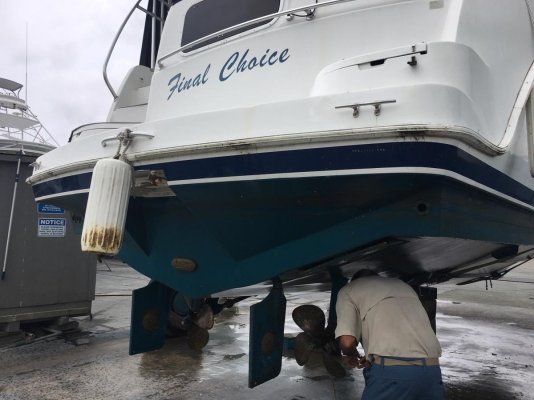kthoennes
Guru
- Joined
- Oct 11, 2013
- Messages
- 2,474
- Location
- USA
- Vessel Name
- Xanadu
- Vessel Make
- Mainship 37 Motor Yacht
Toocoys and I have the same boat, and I think we both have gassers, 454's. Weighs 26,000 on paper, more like 28,000 loaded and occupied. The windage is brutal broadside (in my opinion) because of the high profile, even if we open all the windows on the upper helm. Tall boat -- that's the price you pay for 7+ foot ceilings in the salon. As long as I'm confident and assertive on the throttles though, it seems pretty responsive to me. I don't have thrusters and I don't have the skill to walk a boat sideways but it's always felt like it has plenty of power -- I just don't have the talent to use all of it to its max potential. I remember the Old Lyme railroad bridge kept us in a holding pattern on a very windy day a few years ago and I was able to hold position just fine for what seemed like an eternity, high wind and hard current.
One thing I have noticed, maybe this will help, the dead-slow arc on my throttles is very long. I don't remember the Carver (or a 65 Searay I ran once) being that way, it was a smooth (linear) rise in the RPM's as you moved the throttles up. On the Mainship I have to move the throttles nearly halfway up before I get out of the dead slow zone and hit the power band/higher RPM's. Maybe it's just some quirk of my boat, but I assumed they're designed that way on purpose to allow very fine movements at slow speeds, then you hit the power band and it roars to life. At first I thought my throttle cables were loose but they're not. Once you get used to it it's very handy in tight marinas -- as long as you have no wind. I can adjust the RPM's by 25, 50, 100 very carefully, spin the boat around on an axis, etc. Takes practice though, you have to get a feel for where the higher RPM's and power start to kick in the throttle arc.
One thing I have noticed, maybe this will help, the dead-slow arc on my throttles is very long. I don't remember the Carver (or a 65 Searay I ran once) being that way, it was a smooth (linear) rise in the RPM's as you moved the throttles up. On the Mainship I have to move the throttles nearly halfway up before I get out of the dead slow zone and hit the power band/higher RPM's. Maybe it's just some quirk of my boat, but I assumed they're designed that way on purpose to allow very fine movements at slow speeds, then you hit the power band and it roars to life. At first I thought my throttle cables were loose but they're not. Once you get used to it it's very handy in tight marinas -- as long as you have no wind. I can adjust the RPM's by 25, 50, 100 very carefully, spin the boat around on an axis, etc. Takes practice though, you have to get a feel for where the higher RPM's and power start to kick in the throttle arc.





